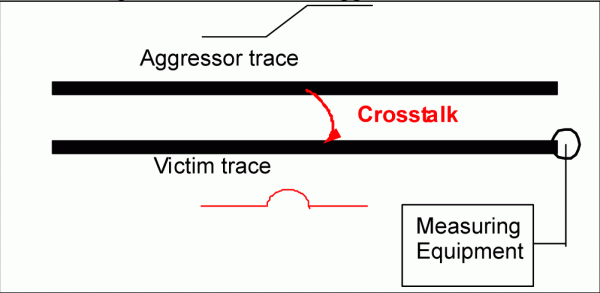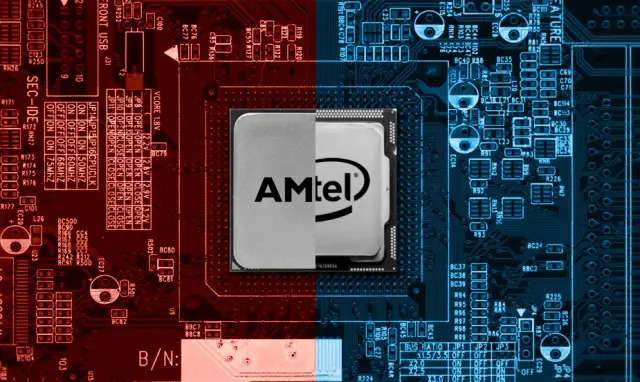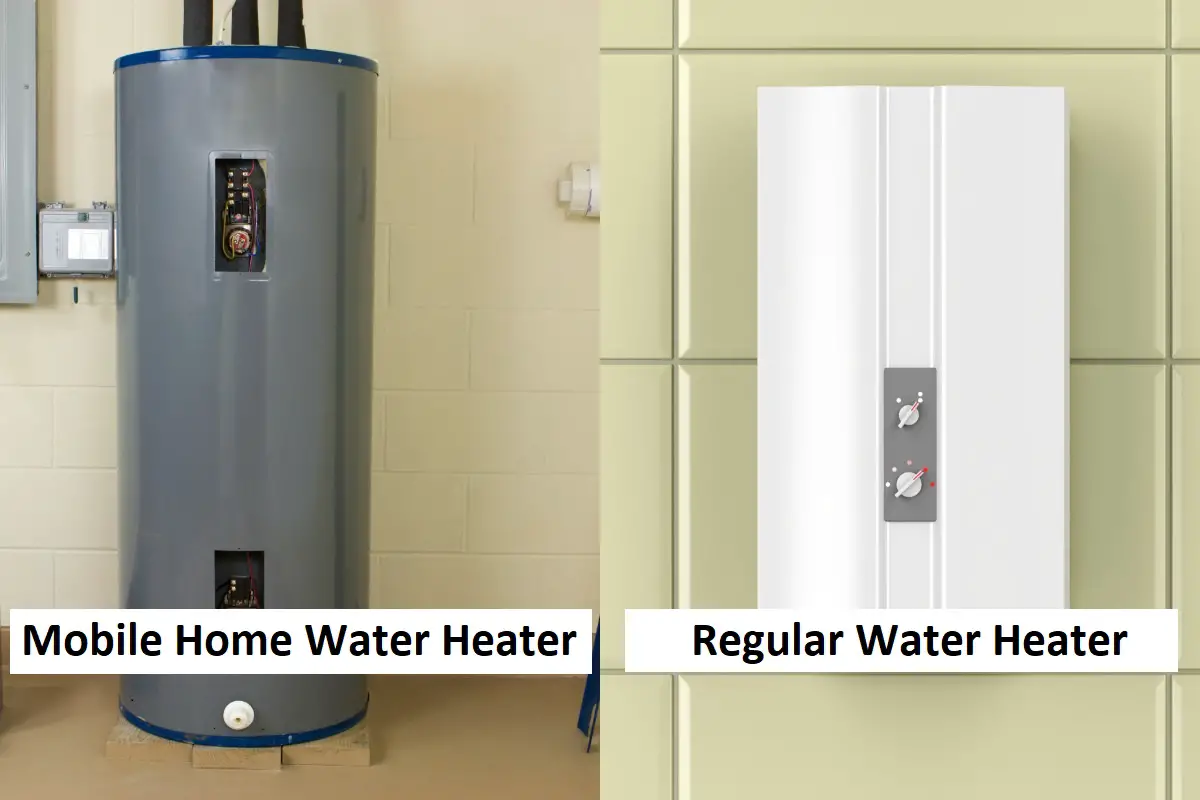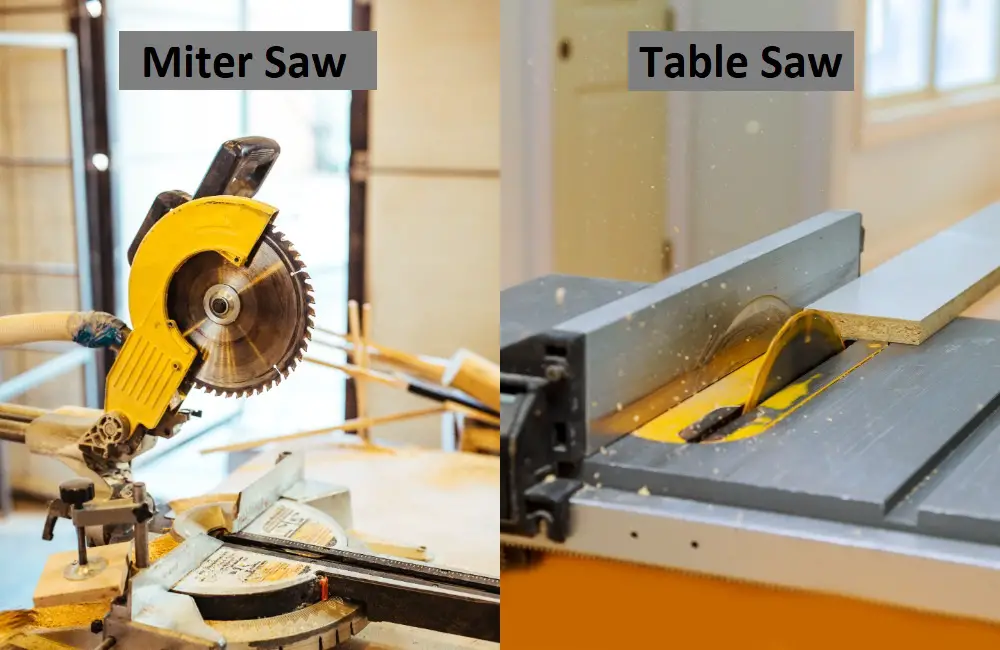Cat5e vs. Cat6 – 5 Major Differences
When it comes to technology, new advancements and improvements are being made all the time. Cables are no exception and are always being updated to offer the best performance and operation for users.
If you are a person who updates and works on your own technology, understanding the difference between Cat5e and Cat6 cables is an important distinction that will serve you well.
Key Differences Between Cat5e and Cat6 Cables
Here are how these two network cable differs from each other.
Common Uses
Both Cat5e and Cat6 cables are used at network cables, which means they connect computers and servers to modems and ISPs. W
hile they both perform the same essential duties, there are some differences between them that could change your tech operation and make things more operational so it makes sense to examine the two more closely.
Crosstalk

Because many pieces of electronic equipment, Cat cables included, use electromagnetic signals, there is sometimes what’s referred to as crosstalk. This is when the cables interfere with one another and can result in errors and lost information.
Cat6 cables generally perform more optimally because they are improved over the Cat5e cables. This is because the Cat6 cables feature improved shielding and a twisted cable design that helps cut back on crosstalk.
Difference Between T568A and T568B
History
Cat5 and Cat5e cables have been in use longer than Cat6 cables. The Cat5 has become essentially obsolete and was replaced with the Cat5e, with the “e” standing for “enhanced.” As time has gone by, the cables have become more efficient and much faster since technology has gotten better with time.
Speed
Another difference between Cat5e and Cat6 is in their speed. Cat6 cables are faster than Cat5e cables since they are an improvement in technology. Cat5e cables operate at up to 1GB/s speed at 100 metres.
Cat6 cables work more quickly at up to 10GB/s speed at 55 metres. The frequency of a Cat5e cable is 350 Mhz and the Cat6 has a frequency of 550 Mhz.
Recommended for You:
- How Do USB 2.0 and USB 3.0 Vary?
- How Switch Differs from Router?
- Voltmeter Vs. Multimeter: What Are The Differences?
- Difference Between Relay and Contactor
For the Future
Part of what should always determine what kind of cable you purchase is how much you can expect to rely on it into the future. Cat5e cables aren’t as efficient so they may have to replace for faster working networks in the future.
On the other hand, Cat6 cables are more future proof because they can be taken into the next years due to their faster networking capabilities. If you want something that you can rely on longer, a Cat6 cable is likely the better choice.
Let’s summarize:
| Parameter of Comparison |
Cat5e Cable |
Cat6 Cable |
| Common Uses | Connect computers and servers to modems and ISPs | Connect computers and servers to modems and ISPs |
| Crosstalk | More | Less |
| History | Older | Newer |
| Speed | 1 GB/s speed at 100 metres | 10GB/s sped at 55 metres |
| Future | May need to be replaced | Will last for several years |
Now that you know how cat5e cables differ from cat6 cables, you’ll be able to ensure you use the right cable every time.







